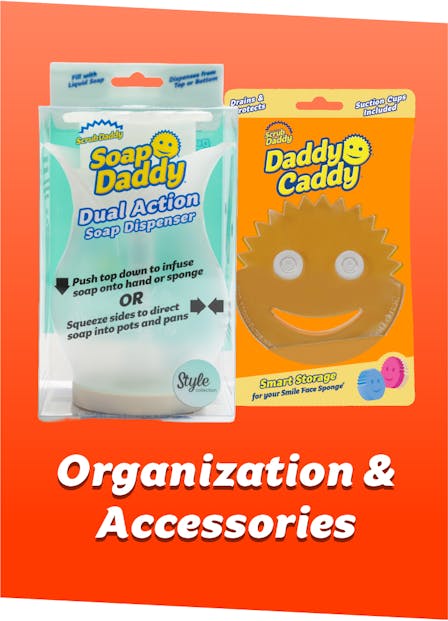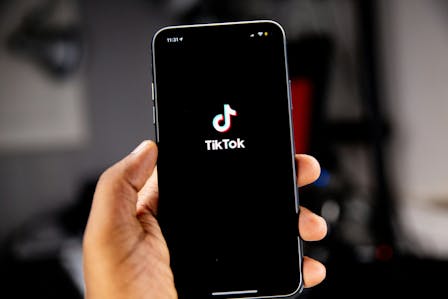From Channel to Growth Engine: Why Amazon Can’t Live in a Silo Anymore
For too long, Amazon has been treated as a single channel in the commerce mix. Brands planned their retail, DTC, social, and marketplace strategies separately, only to wonder why growth was stalling. But in 2025, the reality is undeniable: Amazon can no longer live in a silo. It has become the growth engine at the center of the modern commerce loop.
Amazon is where signals converge, demand consolidates, and loyalty compounds. To ignore the marketplace's systemic role is to miss the opportunity to turn fragmented consumer journeys into connected growth.

The Old Funnel vs. The New Loop
Marketers were taught to think in funnels: awareness at the top, conversion at the bottom. But consumers don’t shop in lines anymore. They shop in loops.
- They discover products on TikTok or Instagram.
- They validate those products through Amazon reviews.
- They purchase wherever is most convenient, often Amazon, but sometimes DTC or retail.
- They return to social or brand touchpoints to reaffirm trust before their next purchase.
This creates chaos for brands. Awareness, validation, and purchase no longer occur in predictable order. Instead, touchpoints compete. A TikTok review, an Amazon PDP, and a Sephora shelf all influence the same decision.
What does this mean? Treating Amazon as a “sales channel” is too narrow. It is the system where demand generated elsewhere actually converts. It is where reviews, subscriptions, and repurchases lock in loyalty. In other words: Amazon is the growth engine of Connected Commerce.

Proof in the Data
The numbers confirm Amazon’s central role:
- 78% of shoppers purchase on Amazon after seeing a product on social.
- TikTok engagement correlates more strongly with Amazon search (0.80) than with Google.
- Nearly 60% of shoppers who start on brand sites finish their purchase on Amazon.
- 98% of shoppers read reviews before buying, most often on Amazon.
Consumers may start elsewhere, but they validate and convert on Amazon. And that conversion is not the end of the journey. It’s the start of a loop that fuels repurchase, loyalty, and market share.

Case Study: Seed Health’s Connected Commerce Play
Seed Health, a leader in probiotics and microbiome science, is a clear example of Amazon’s evolution from channel to engine.
The challenge: Seed built its reputation on science-led storytelling and credibility, nutritionists, doctors, and cultural conversations. But Amazon presented a risk: could the brand maintain its authority while scaling in the marketplace?
The approach: Front Row reimagined Seed’s Amazon storefront as an education-first channel, not just a sales page. Ingredient transparency, scientific proof, and mission cues were built into every PDP. Off-platform demand from doctors, nutritionists, and cultural moments was funneled into a brand-consistent Amazon experience.
The results:
- First-time purchases grew +147% while CAC decreased -5%.
- AMC modeling showed new cohorts were profitable from their very first purchase, with 2x CAC returns by month three and nearly 3x by month nine.
- Subscription and repurchase loops turned Amazon into a profitability engine, not a cannibalization risk.
The lesson: Seed proved that when brand credibility, off-platform demand, and Amazon conversion are connected, Amazon stops being a risk and becomes the compounding driver of growth.

What Brands Must Do Next
If Amazon is the growth engine of Connected Commerce, what should brands do?
- Break down silos. Stop treating Amazon as separate from brand marketing, DTC, or retail. It is the system where demand consolidates and loyalty is built.
- Design for loops, not lines. Consumers will discover, validate, and purchase in any order. Build touchpoints that work together, not against each other.
- Invest in data connectivity. Tools like Catapult unify signals across brand, demand, and marketplace. Every action feeds back into the system, making the next move smarter and faster.
Make Amazon an extension of your story. Use PDPs, reviews, and subscriptions as brand-building assets, not just sales levers.

Conclusion: From Silo to System
Amazon is the core engine of growth in Connected Commerce. It’s where signals converge, where validation happens, and where repurchase locks in loyalty.
Brands that continue to treat Amazon in a silo will chase fragmented journeys and miss compounding growth. Brands that connect Amazon to their broader system, as Seed have done, will turn it into their most powerful engine.
At Front Row, we believe the future of commerce isn’t linear, but connected. Amazon sits at the heart of that system. The brands who see it this way will win in the next era of growth.

